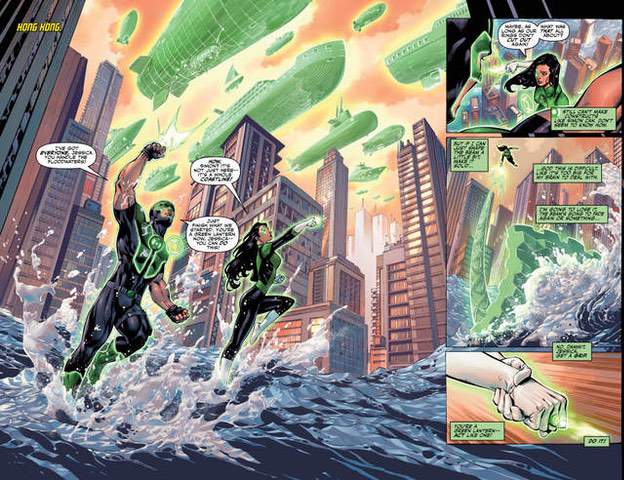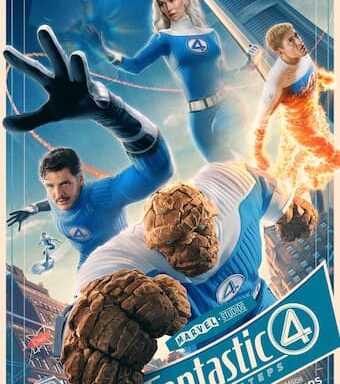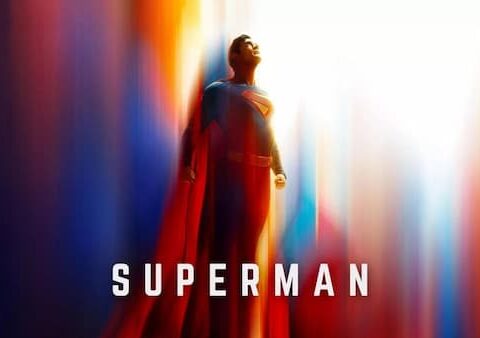It had been some years since I’d read any Justice League comics with any dedication, other than dipping in and out for various ‘event’ stories sporadically.
The big DC Universe Rebirth gave me cause, as with a handful of other titles, to jump back in with a new start-point.
As openers go, Justice League #1 does its job consummately.
Every major character is sequentially introduced with appropriate attention and care, starting with Diana Prince. The story – ‘The Extinction Machines’ – opens with immediate urgency and high stakes and, within a short amount of space, establishes an engaging threat level, a good amount of intrigue and the promise of a lot to come.
On top of all that, it is visually solid too, especially Tommey Morrey’s colors. Moving from scene to scene feels seamless and fluid, both visually and in story terms.
The pacing is effective, while the scale is impressively cinematic. With the different characters scattered in different parts of the world, this book achieves a great level of scope, making it feel like a truly global scenario with world-shattering stakes.
It is also to Bryan Hitch’s credit that the story doesn’t fixate or center on Batman or Superman, but starts and ends with Diana and gives all the other players suitable page-time and rich visuals.
As we move on to ‘The Extinction Machines, Part 2’, all the momentum and quality continues seamlessly.
There are some gorgeous visuals here. The early double-page spread of the Green Lanterns, Baz and Jessica, floating their airship-like constructs over the Hong Kong cityscape is eye-candy of the first order, as is a later spread of Flash doing his thing.

There’s also something fitting about Batman having to forsake his pride and go to Metropolis to fetch Superman.
As bored as I am with both Superman as a character and the Batman/Superman thing in general, the brief scene at the end of Justice League #2 is suitably brooding and even slightly evocative.
What helps put the interest level on a high is the effectively conveyed scale of the crisis and threat and its worldwide manifestations.
As we go into Justice League #3, #4 and #5, the ‘Kindred’ are an intriguing development, suitably mysterious, with implied primeval origins and agenda. They are esoteric and monolithic and genuinely intimidating. They also look really great.
There’s an image in Justice League #5 (page 8) of Batman, Flash and Cyborg stumbling into a site where these monolithic entities are stood and it really captures that sense of ancient, prehistoric god-like beings and their enigmatic, ineffable activities – aloof, preoccupied with godly matters that are beyond the comprehension of lesser, mortal beings struggling to understand what’s going on.
At times this was reminding me a lot of the kind of stuff Johnathon Hickman was doing a few years ago in the Avengers books (all the ‘Time Runs Out’ material and the long lead-in to Secret Wars) – nowhere near as good, of course, but somewhat tapping into the same kind of cosmic/global apocalyptic vibe.
Justice League #4 and #5 push us into the climax.
In the end, despite some of the aforementioned qualities in the storytelling, it doesn’t really build to anything of consequence.
Justice League #5 is particularly anti-climatic, with a tidy resolution and literally ‘The End’. The main purpose of this story, it seems, is to force the various Justice Leaguers to work together to defeat a global, end-of-the-world threat and also to force them to value and recognise their own specific powers, like necessary pieces of a winning equation.
In its totality, The Extinction Machines isn’t a great story; though it does create and sustain a good level of intrigue from Justice League #1 through #4, and it does also benefit from being generally very eye-pleasing throughout, attaining – from the outset – a highly cinematic feel and scope.
Even at its best, however, the deficiencies in some of these characters are evident, and not just Superman.
It might be fair to acknowledge that I’m not massively attached to most of these characters (with the exception of Wonder Woman) – which, maybe, colors my reading experience somewhat.
That being said, one of the positives in these first few books is that I was enjoying the Green Lanterns, Simon Baz and Jessica Cruz – and, in fact, on the strength Justice League #1 and #2, I started reading the Green Lanterns title – which is one of the better DC books at the moment.
In all, Justice League #1 – 5 has something to offer as large-scale, almost cinematic, comic-book action. As a new start-point, it’ll do. But it doesn’t begin to live up to the potential that had seemed rich at first.




